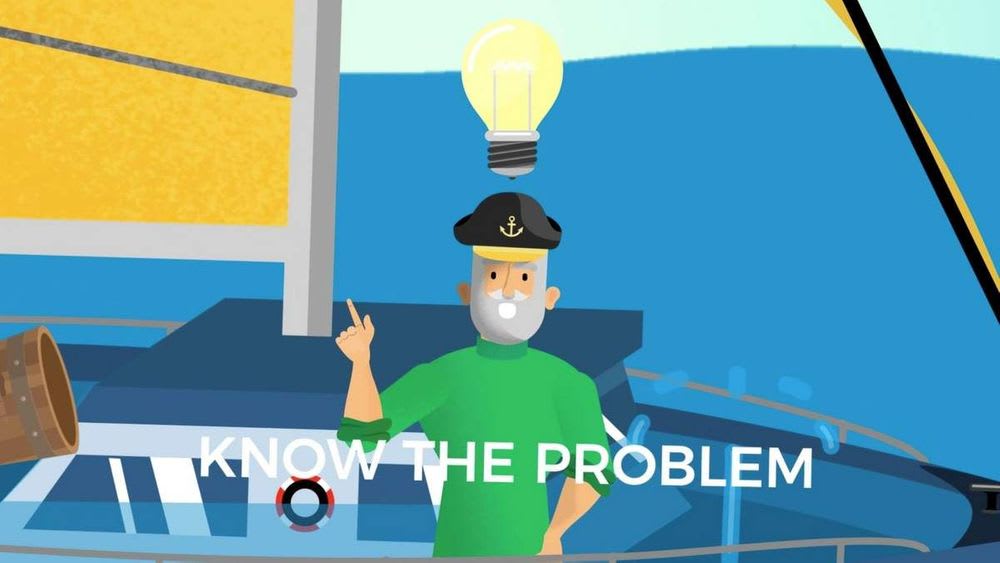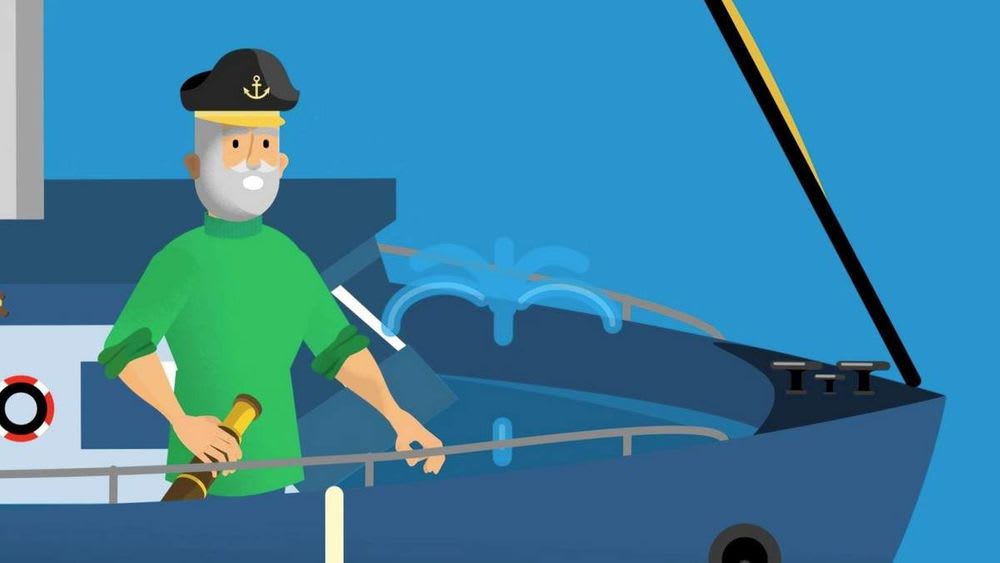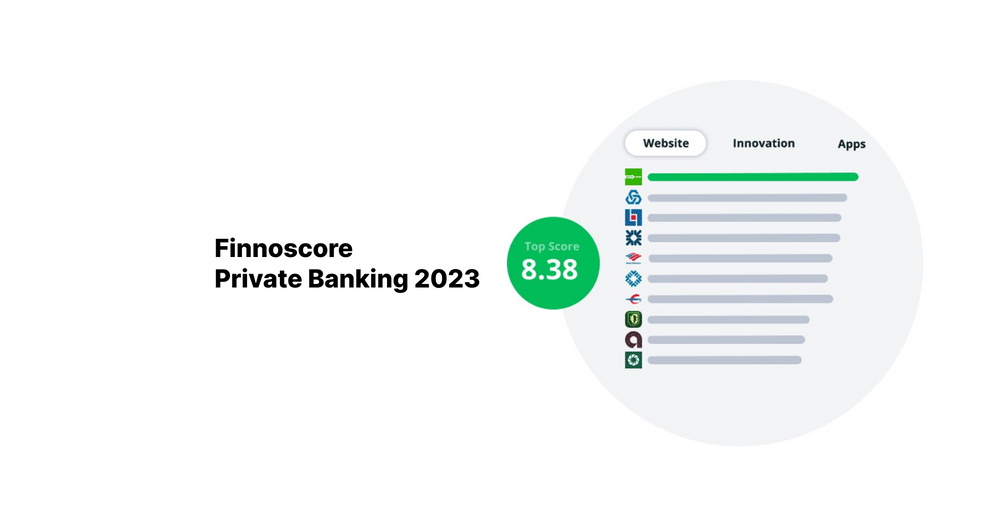Captain Jake #2: Solve Your Customers’ Problems
We plan new business models and put them into practice. Captain Jake is back to help us out here: Successful products solve real problems.

We plan new business models and put them into practice. Captain Jake is back to help us out here: Successful products solve real problems.
Companies develop products. They believe their customers want these products and claim: “We know our customers.” Or else they believe they can’t meet their customers’ requests and say: “That might work for you – it’s different for us.”
Experience has taught us: Many companies don’t know their customers very well at all.
And yet it’s the customer who decides what they buy and where they go for it. This is why we really have to understand our customers’ problems in order to be able to plug the hole in the hull instead of trying to scoop water out of the boat with buckets. It’s only after doing this that you can create the perfect business model.
In actual fact, this is just like moving into a new home: We have moved. All the furniture has been moved in. Only the pictures on the walls are missing. Usually we then take a hammer and some nails and hang them up.
But it doesn’t have to be done this way: About 25 years ago, a company asked itself, “Is it definitely a hammer and some nails we want or do we just want to hang up pictures?” The answer to these questions were the tesa Powerstrips ® – pictures could be simply stuck to the wall.
But how do we find out what our customers’ problems are?
Let’s take another look at the example of our bank company. Their objective was: “We want to gain 25% more customers under the age of 35 within 3 years. Through this, we want to increase our profit margin within 3 years.”
Now we can take several steps to identify our customers’ problems.

Step 0: Define the target group(s)
Our customers are too old. So we need younger customers. No two young customers are alike. So we need to understand our target groups better.
Step 1: Understand the target group(s) – Empathise
It’s believed that Henry Ford once said, “If I had asked people what they wanted, they would have said faster horses.” It often turns out that customers don’t express or don’t even know what their problems are. But we can observe them using scientific methods. Then we can get a better understanding of our customers and their problems.
We can use our observations to create so-called personas. Personas describe typical customers from the target group. They tell us about their wishes, fears, habits, intentions and expectations. We often think that only our opinion is correct and that it applies to everyone. Personas broaden our horizons: They allow us to see the world from the perspective of our customers.
With a good persona, we can put ourselves into our customers’ shoes and gain an insight into their thoughts and feelings. And this is also how we can identify their problems.

Step 2: Identify problems – Define
Everyone wants to make their life better. This ‘best life’ is also known as a job to be done.
We need to understand what jobs our customers have to do. Then we can offer them a solution that they can use to live their best life. We always pay attention to our customers’ living environment. This is because jobs don’t just refer to what our solution has to be able to do. They refer to how our customer feels and how they are perceived in their environment. There are functional, emotional and social jobs.
In the case of our bank company, this means:
- Young customers may want a bank that can be used easy via app. (functional job).
- In our project we found out that many customers feel "stupid" with existing offers or they are simply overwhelmed. They cannot cope with the possibilities, complex structures, technical terms etc. They don't want to feel bad because they cannot operate their app or web banking. (emotional job).
- It also showed that many customers wish their bank did not have such a bad or old-fashioned reputation. (social job).
Step 3: Identify possible solutions – Coming up with ideas
If we’re not thinking about our customers’ problems, we’re only looking for the best value for money for our products. But they may not be interested in that at all. If we consider the persona of our customers and their jobs to be done, then we can offer our customers products that they will actually buy.
Makes sense, doesn’t it? Then let’s put the idea into practice! But: How do you put new ideas into practice? How do you find out if the solutions you’ve identified are the right ones? You can find the answers in part #3 of our series: “Minimum Viable Products - Could this be the answer to unsuccessful product launches?”.
Avoid making the same mistake as Captain Jake: Contact us and steer your projects to success!














.jpg)



